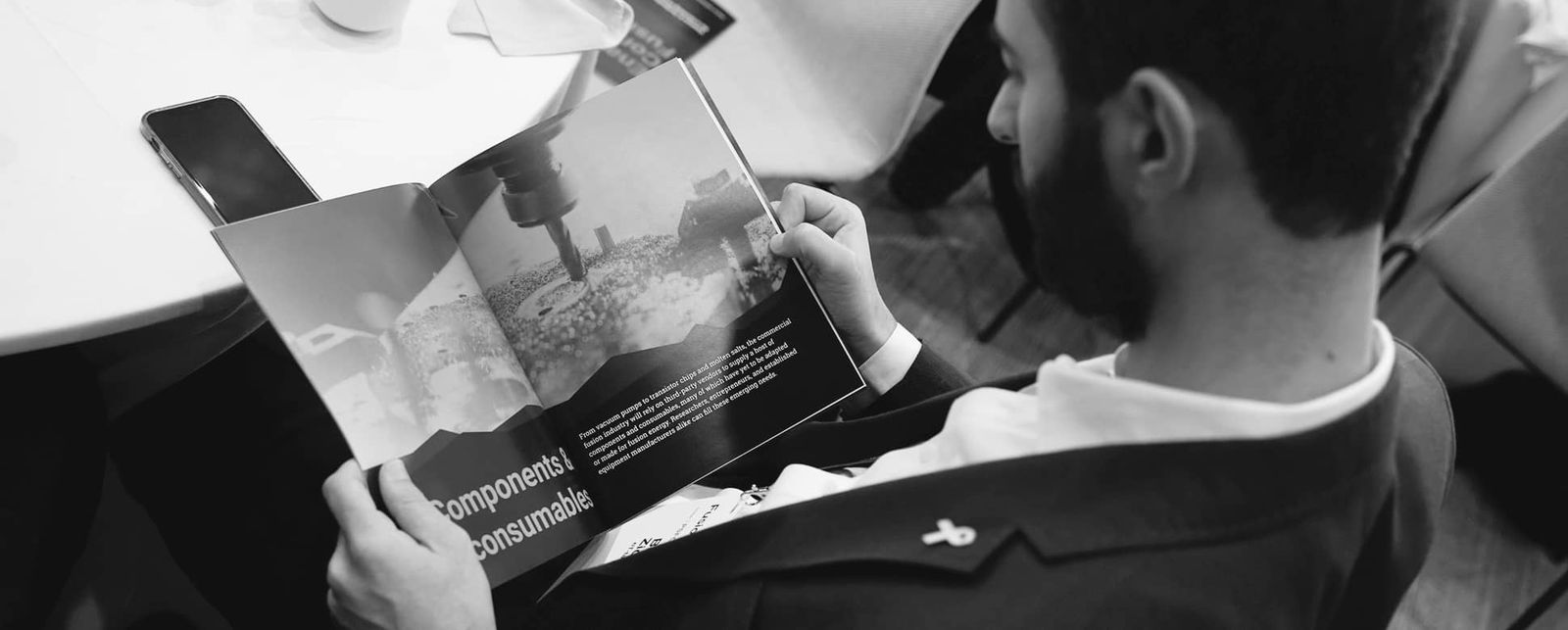The US is a powerhouse in research and technology, but we are falling behind in transforming our technical breakthroughs into societal and economic benefits in an increasingly globally competitive world.

Most cutting-edge technical breakthroughs happen within organizations such as research universities, national laboratories, and private corporations with large R&D groups. But while many of these organizations have patenting offices, innovation programs, internal funding mechanisms and entrepreneurs in residence, a huge number of opportunities to change the world through technological innovation aren’t being realized: we're only seeing the tip of the iceberg.
This isn’t anybody’s fault: the programs and systems that exist today in R&D organizations simply aren’t equipped or structured to identify and build real, impactful ventures. We need a better model for translating cutting-edge research efforts into sustainable products and businesses.
This playbook outlines a new way to fix your R&D translation pipeline and to turn innovation into a pillar of your organization. It builds upon our experience leading MIT Proto Ventures, the groundbreaking in-house venture studio inside the Massachusetts Institute of Technology (MIT), as well as from lessons learned from hundreds of engagements and conversations with leading global organizations.
What this playbook is:
- A resource for innovation & entrepreneurship leaders at research universities, national laboratories, and private corporations with large R&D groups engaged in ‘deep tech’
- A clear presentation of R&D venture studios and why they work
- A guide to creating a successful R&D venture studio within your organization
What this playbook is NOT:
- Proposing to replace your existing entrepreneurship center or innovation program. These entities likely play a crucial role in your existing ecosystem, assuming they are well-run and structured for success. An R&D Venture Studio complements and amplifies what your existing tech transfer programs are already doing.
- A guide for private investors who want to collaborate with R&D organizations, or for R&D organizations that want to partner with private venture studios. If this is you, you may want to learn from the examples of entities like HighTechXL, Marble, or Oxford Science Enterprises, High Alpha Innovation instead.

